Life in a Corporate Wonder-wasteland: Artist's Statement
 Sunday, February 23, 2014 at 3:01PM
Sunday, February 23, 2014 at 3:01PM Michael Tauschinger-Dempsey
[ PDF Version ]
As a research-based artist, my work is located at the intersection of visual media studies, history, and socio-cultural anthropology. The purpose of my current art practice and research is to make a positive difference in society and to raise awareness about issues having to do with formulaic “western” lifestyles best represented by the so-called American way of life. It is the alleged distinction between western and non-western cultural spheres, accompanied by the rhetoric of exclusion and suspicion, that populate the ethnographic discursive spaces my art explores. In what ways have the US and, indeed, the entire world changed since 9/11? How can this change be represented visually? Is the growing militarization of American society a sort of Pavlovian response to such recent terrorist attacks, or merely a pretext for policymakers and industrialists invested in highly profitable war machinery? Are there historic precedents to current events, such as the proxy wars of the cold war era? How can contemporary art reflect critically on the neoliberal visual language of dominance, violence, and war in film, video games, and other mainstream media? In short, what seeds of resistance can be extracted from what Vilém Flusser famously called “technical images,” which “suck all of history in their surfaces, and [they] come to constitute an eternally rotating memory of society”?[1]
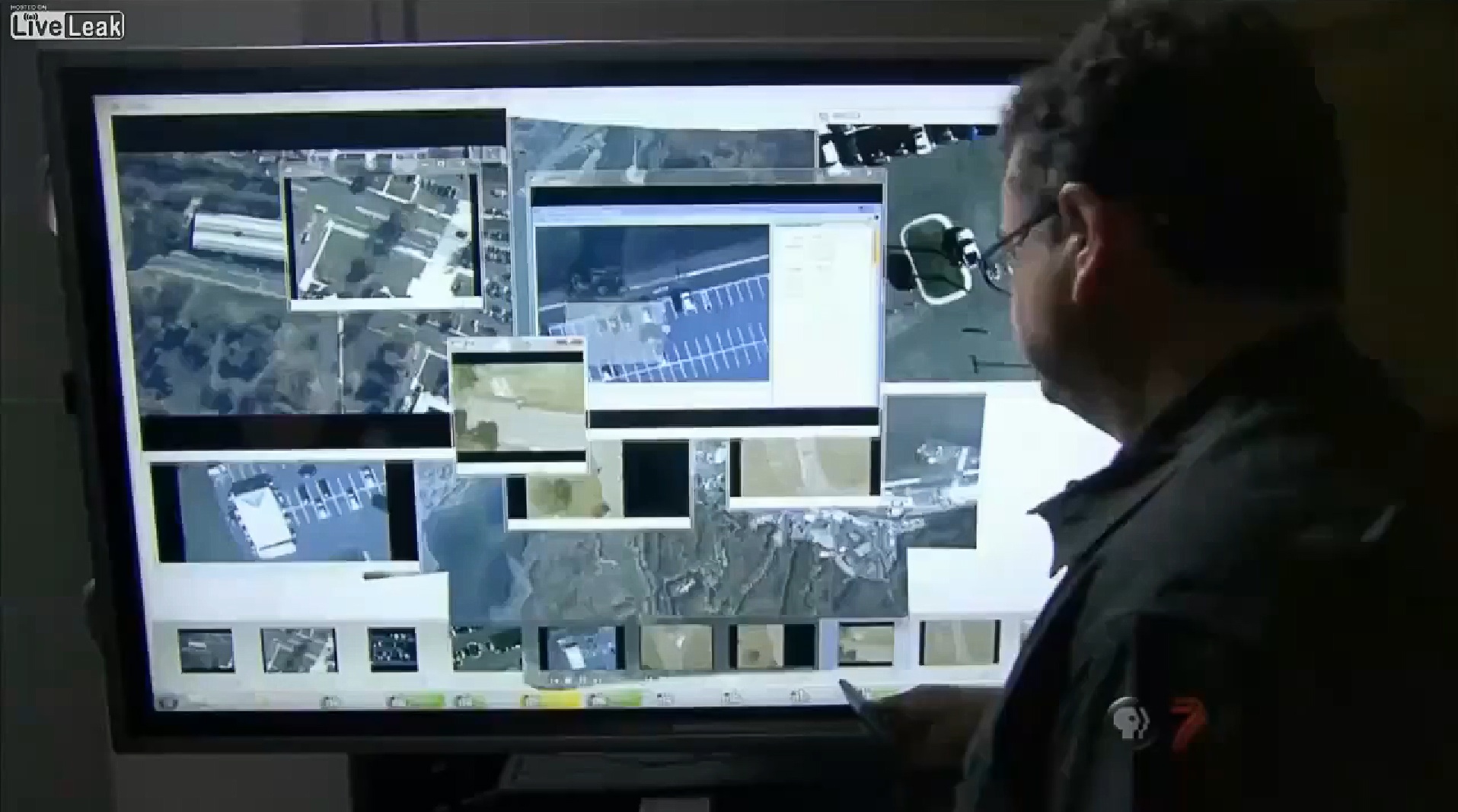
Figure 1: DARPA’s ARGUS-IS program.
For some time now I have been examining contemporary (US) corporate culture from different vantage points: company culture more generally, the rituals of those in leadership as well as subordinate roles, management styles, standardization of workplace customs and behaviors, corporations’ societal and political influence, and the network affiliations and human resources that help reproduce corporate bureaucracies.
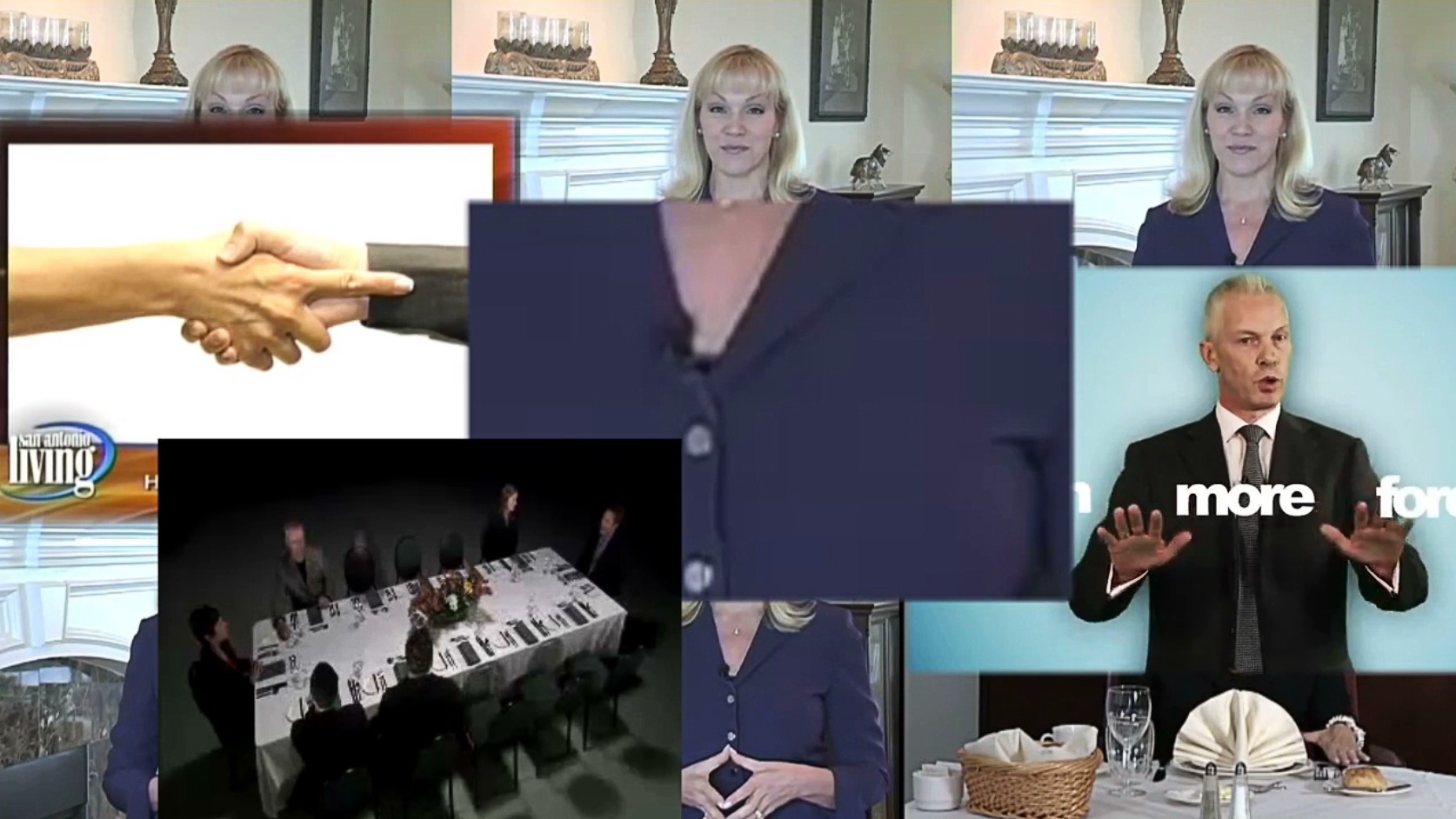
Figure 2: Be Business, 2012, by Michael Tauschinger-Dempsey, HD video projection.
In my 2012 video piece, Be Business, I focus on the highly specialized and ritualized body language of business people from several training programs designed to teach novices the art of “proper” business behavior. When taken out of their corporate context, such rituals and naturalized behaviors appear awkward at best and pathetic at worst. As seen in these training videos, corporate culture forms a universe parallel to that of normal human interaction. My video exposes how, in essence, corporations have created their own experimental meta-community—one that excludes and marginalizes the rest of society. If we wish to occupy higher social strata, we have to assimilate the rules of the ruling (business) class.
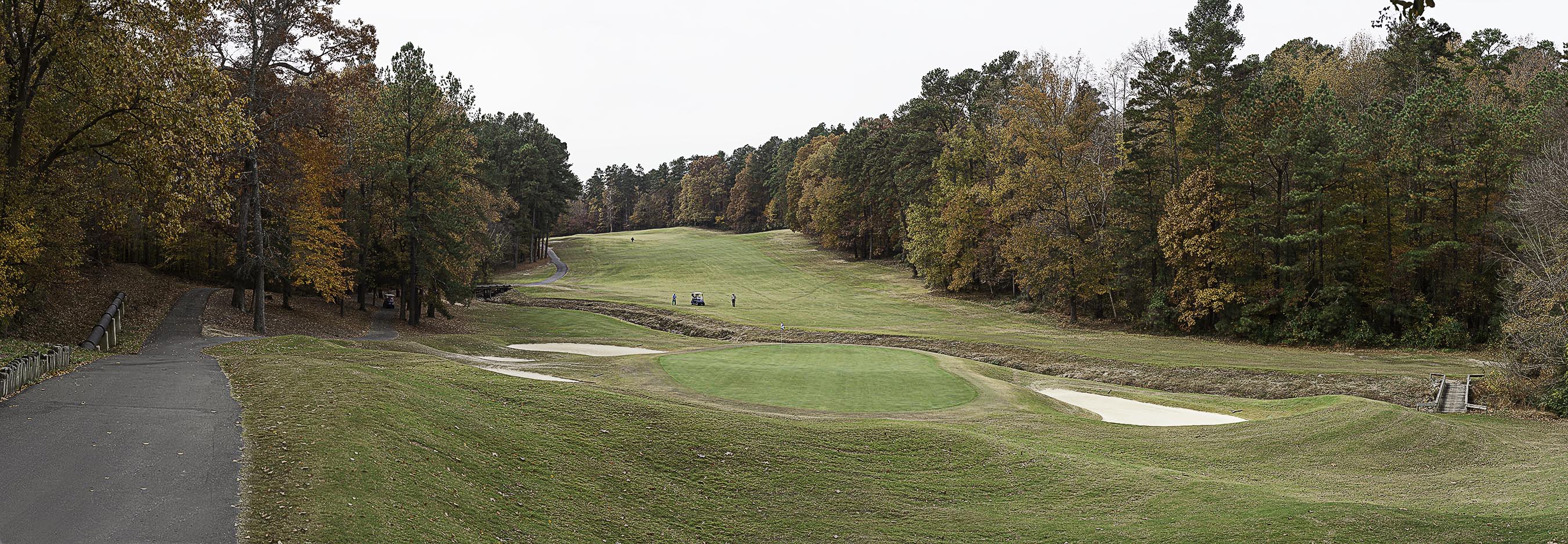
Figure 3: Golf, 2012, by Michael Tauschinger-Dempsey, eight 42” x 10’ archival ink prints on paper.
My 2012 work Golf features eight large-scale, high-resolution panorama prints of Duke University’s golf course and similarly explores corporate culture, business practices, and corporate enclosures. Indeed, golf courses are artificially created retreats for our corporate plutocrats to recover from punishing days in their offices and in boardroom meetings. It is not accidental that golf courses are popular spaces for orchestrating business deals in an informal and enjoyable setting. Capital and power need to be represented in tangible ways, and the imagined ownership of exclusive yet available spaces satisfies this defining characteristic.
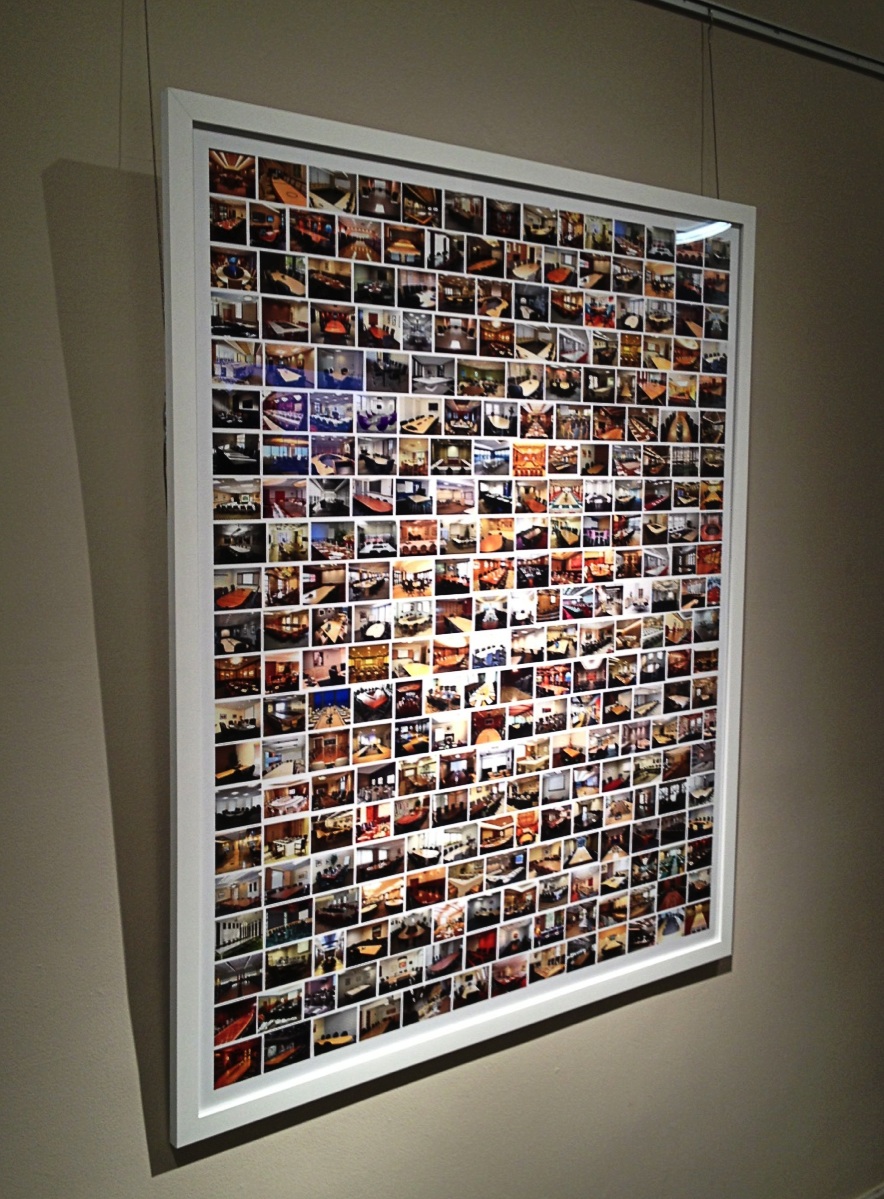
Figure 4: 150,000,000 Empty Boardrooms, 2012, by Michael Tauschinger-Dempsey, 42” x 54” archival ink print on paper.
My 2012 work 150,000,000 Empty Boardrooms is a continuation of my examination of corporate architectural enclosures and begs several questions: Why are spaces designed for human interaction and communication presented as devoid of people? What do these empty spaces and their sheer quantity tell us about our culture and our concept of business, work, and status? The potential for human interaction and communication of a very particular sort is not only embodied in such charged empty spaces, but also is, ironically, excluded from such spaces. Boardrooms, empty or not, deny the general public any kind of democratic participatory agency, rather, they act as the sacred spaces of the corporate parallel universe; non-members of the corporate elite are simply not welcome.
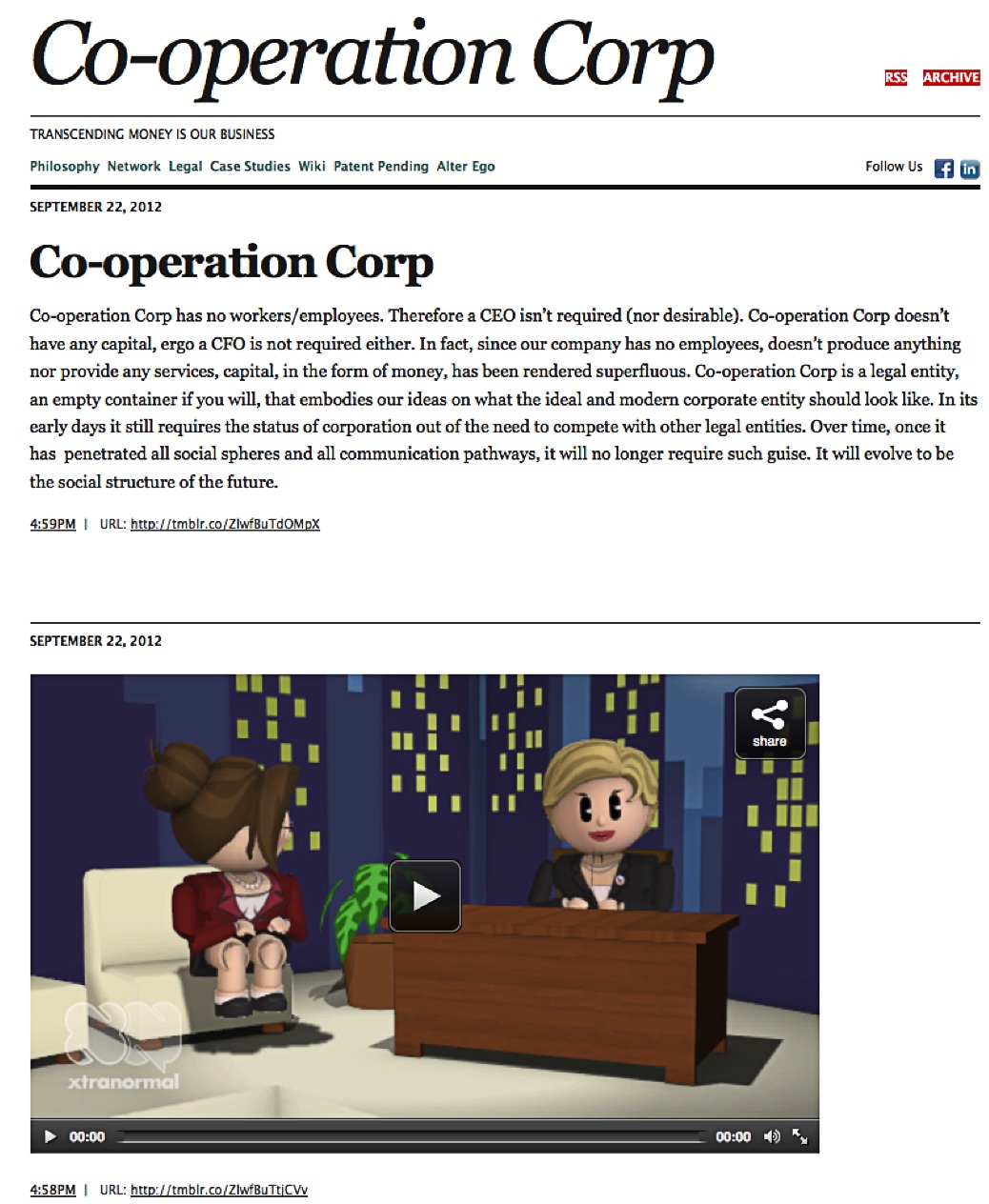
Figure 5: Co-operation Corp, 2012, by Michael Tauschinger-Dempsey, website.
One way of challenging the societal enclosures formed by this dominant transnational business culture is through satire. In 2012, I founded a nonprofit organization, ironically named Co-operation Corp. My corporate slogan, “Transcending Money Is Our Business,” asserts: why not get rid of one of the origins and reified forms of capitalist evils—money, the global exchange agent? As the website I designed for Co-operation Corp explains, the modern corporate model with its limited focus on profit (represented by money) is not only responsible for the commodification of life, but also for all collateral damages caused by predatory financial practices (income inequality, poverty, environmental destruction, neocolonial politics viz. Iraq/Afghanistan, etc.).
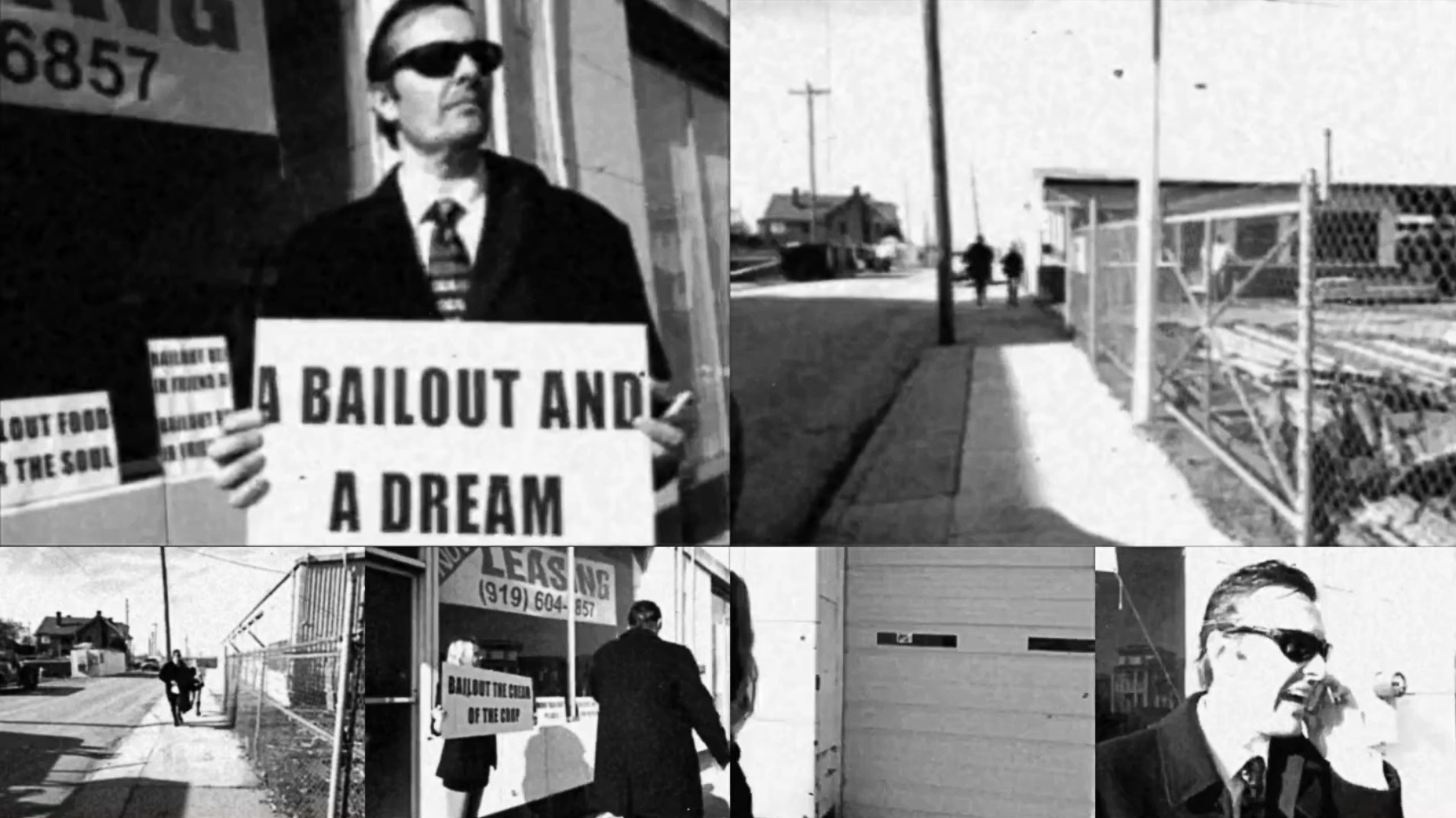
Figure 6: Bailout the Crème of The Crop, 2012, by Michael Tauschinger-Dempsey, HD video projection.
My 2012 video work, Bailout the Crème of The Crop, questions the moral, legal, and ethical validity of the latest, unparalleled financial bailout in 2008. As if in a parallel universe akin to C. S. Lewis’s Alice in Wonderland, the world community came together in the wake of the greatest financial speculation failure of the century to bail out and reward the greatest perpetrators of financial engineering and fraud.

Figure 7: 2011 Occupy movement, Anonymous in foreground, riot police in background.
The forceful evacuation of peaceful protestors occupying Zuccotti Park in New York City, who were expressing their anger against the injustices and inequalities promoted by Wall Street businesses, is merely one example of the cost of the bailout’s protection of private corporate interests. The message was made clear to those who participated in Occupy Wall Street and subsequent Occupy movements: resistance to the system needs to and will be crushed.
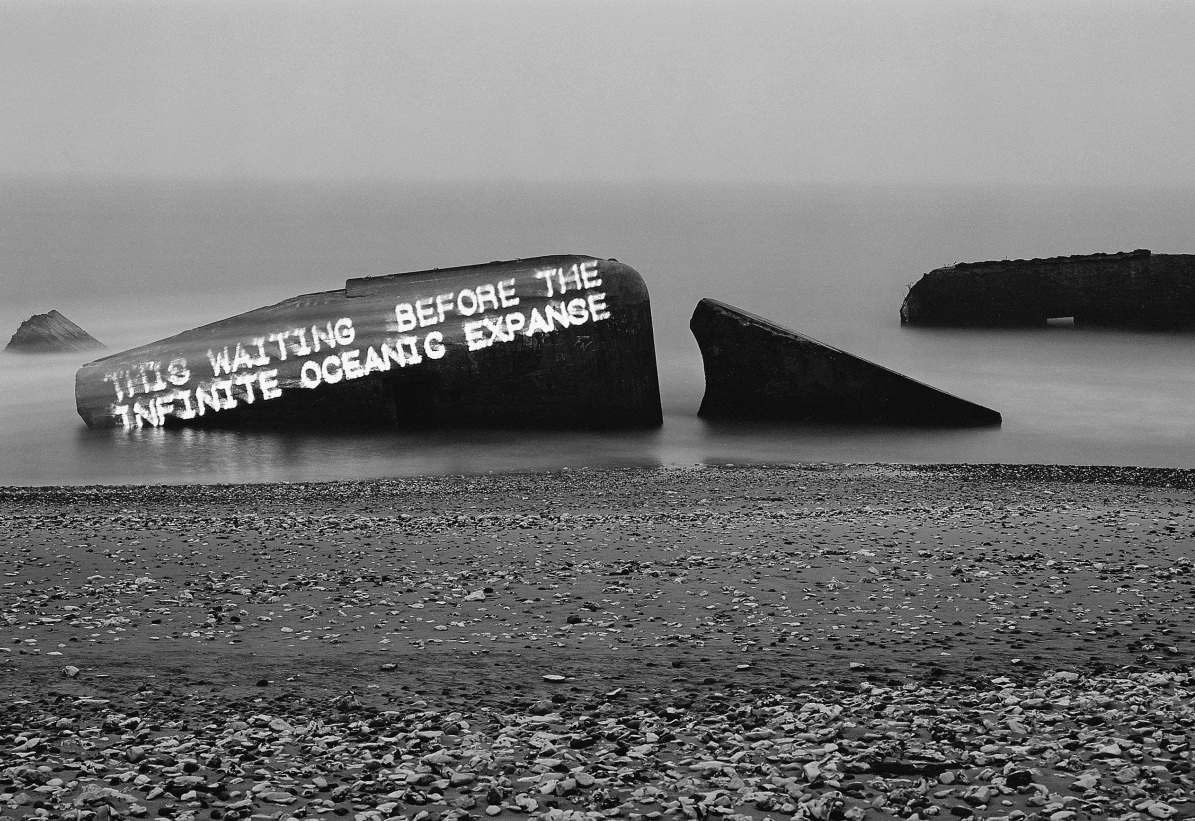
Figure 8: Atlantic Wall, 1995, by Magdalena Jetelova. Laser projection of excerpts from Paul Virilio’s Bunker Archeology on Wehrmacht Bunker.
In the early twentieth century—the era of the industrial warfare—bunkers served to delimit private and public space on a nation state level. Fortifications and bunkers were meant to protect geographical property claims by nation states and functioned violently as well as symbolically. This led to two World Wars, yet as German military theoretician Carl von Clausewitz so pointedly stated, wars are mere extensions of politics by other means. Indeed, the twenty-first century presents itself as a happy continuation of Clausewitz’s wars as extension of and fueled by transnational business interests rather than extended politics.[2] Since 9/11, the single largest corporate enclosure has developed into what I term the “Homeland Security Bubble.” Following the events of 9/11, it became clear that capitalist interests had to be protected on all scales, nationally and internationally, against any kind of threat, even if such protection was at a cost to the public.
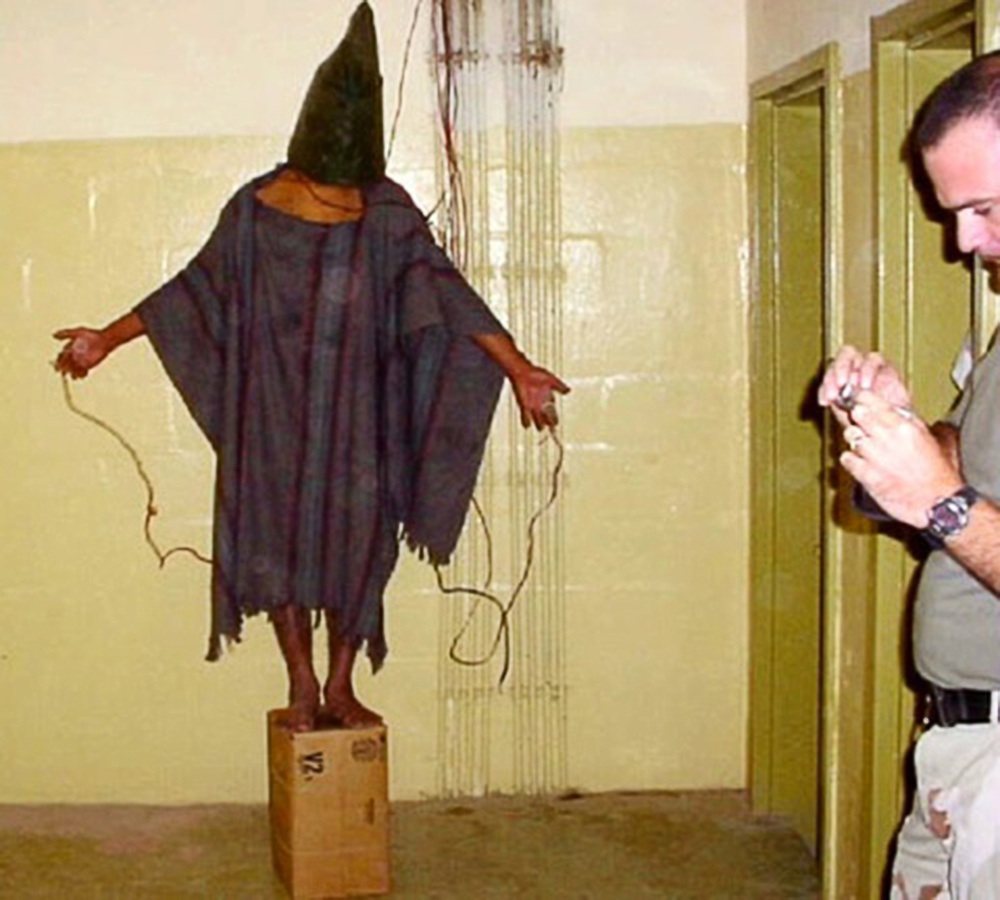
Figure 9: Leaked image of a torture victim in Abu Ghraib, Iraq.
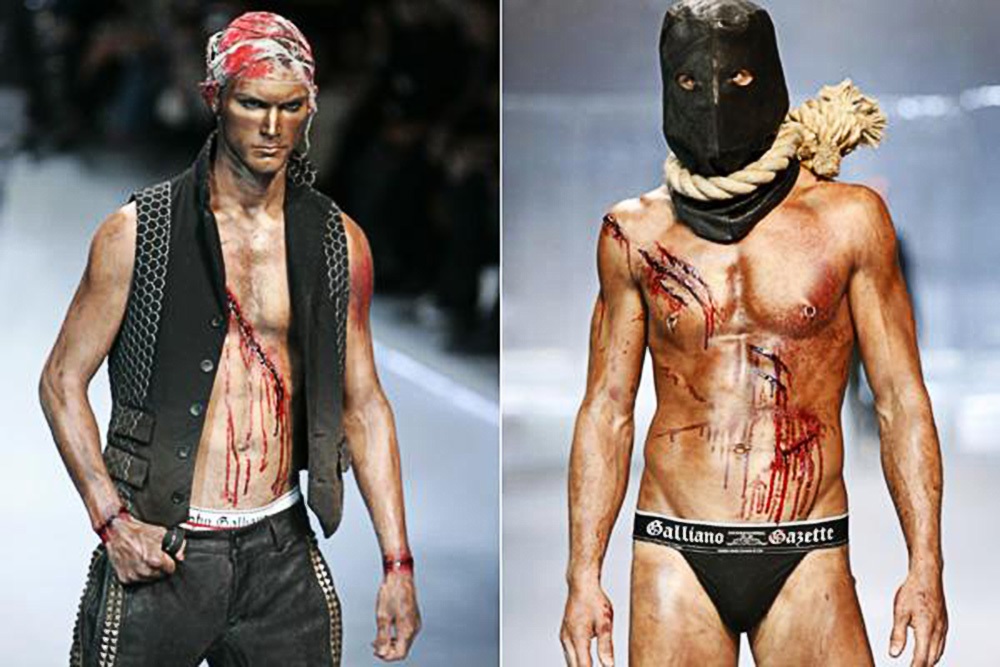
Figure 10: John Galliano’s 2008 Haute Couture catwalk inspired by torture images.
The aesthetic similarity between the supposedly disconnected realms of art and national security are not by happenstance; in fact, their correlation is unmistakably demonstrated by the image archive. A superficial sweep of the modern image archive, from the images taken with Lynndie England’s digital camera at Abu Ghraib Prison to John Galliano’s 2008 menswear collection, echoes Susan Sontag’s observation that “every subject is depreciated into an article of consumption,” or, to put it another way, where there is an aesthetic value, there is money to be made.[3]
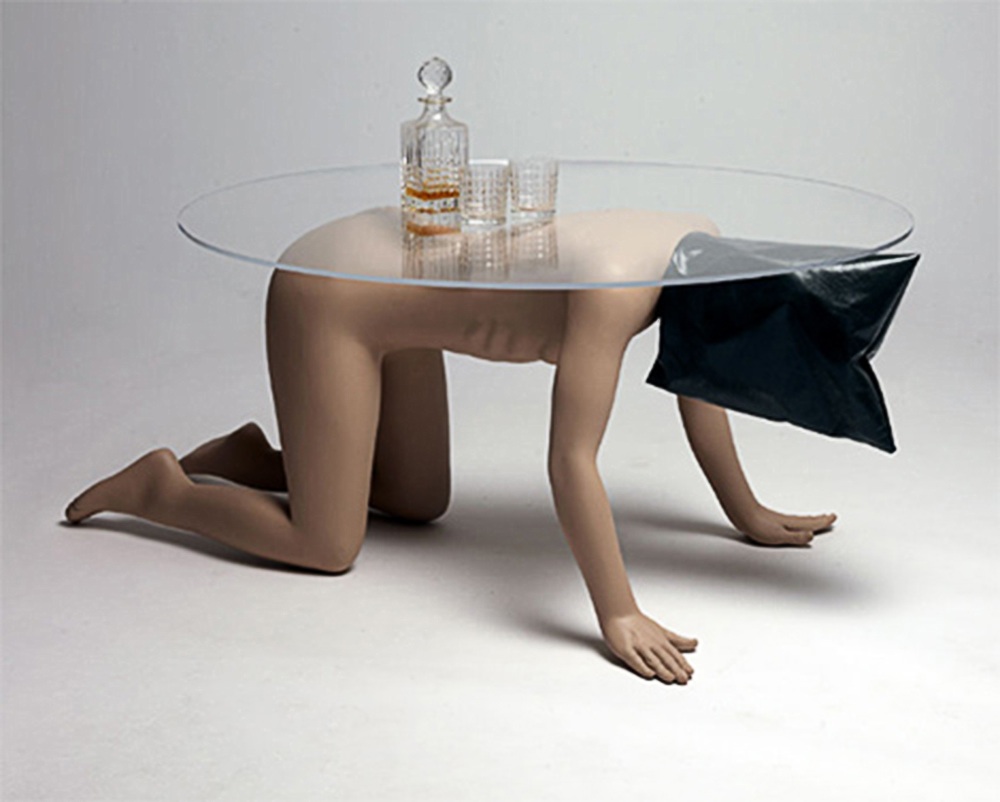
Figure 11: Abu Ghraib Coffee Table, 2013, by American Gift Shop.
Writer Alfred McCoy contends that, “Ironically, the gravity of the scandal [at Abu Ghraib Prison] has discouraged television coverage, defied close analyses, and may ultimately drive Abu Ghraib from America’s collective memory.”[4] The most reprehensible aspect about the coffee table by American Gift Shop is the fact that it innocently embodies the innovative torture techniques, such as “self-inflicted pain” and “sensory deprivation,” outlined in the CIA’s 1963 Kubark Counterintelligence Interrogation manual. Kubark himself states: “It has been plausibly suggested that, whereas pain inflicted upon a person from outside himself may actually focus or intensify his will to resist, his resistance is likelier to be sapped by pain which he seems to inflict upon himself”—principles such as these outlined by Kubark were employed extensively at Abu Ghraib.[5] Yet, with the military’s new restrictions on personal photography by soldiers, such practices are less likely to be made visible and contestable as in the case of Abu Ghraib.
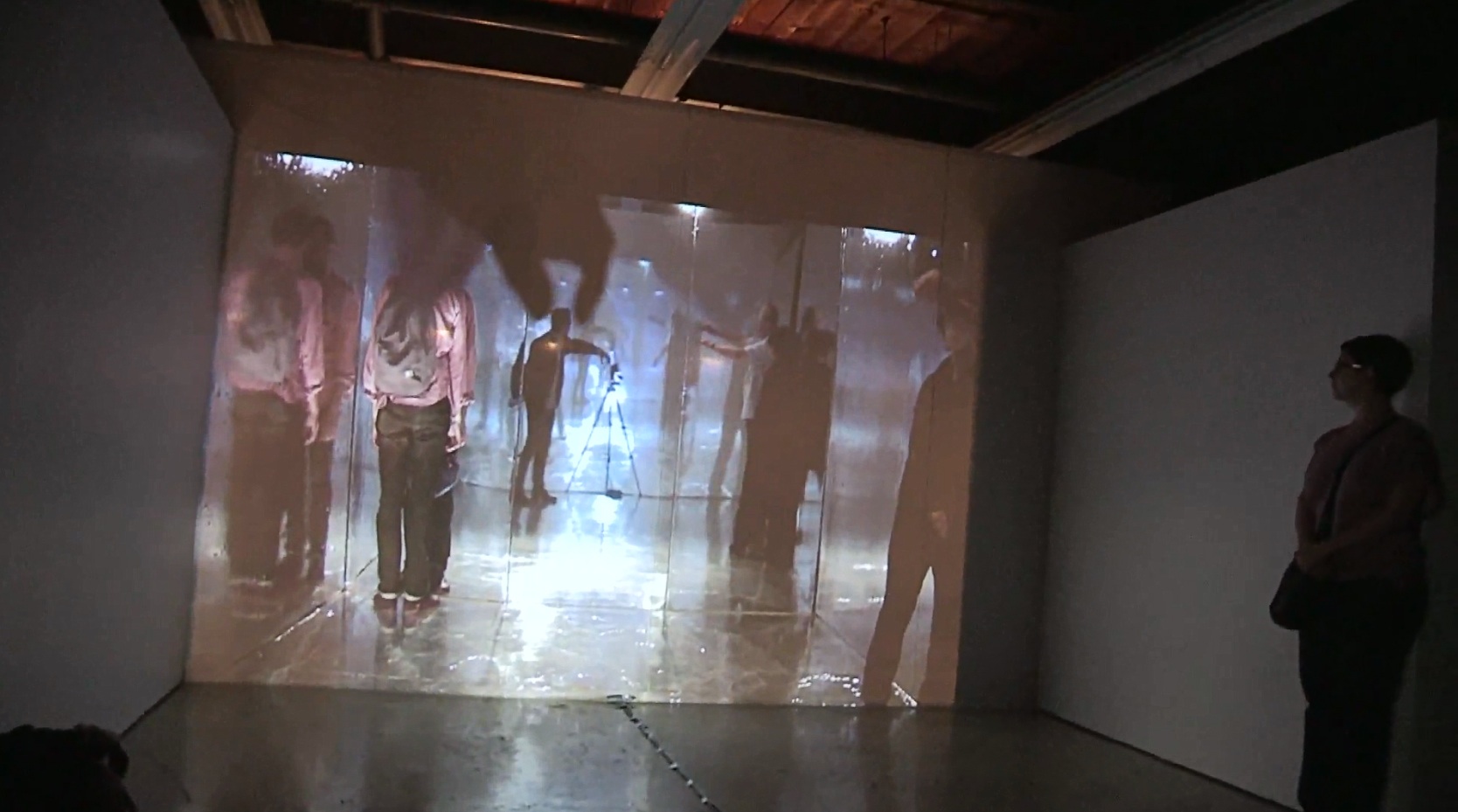
Figure 12: Interrogatory, 2011, Michael Tauschinger-Dempsey, interactive environment.
The 2011 interactive environment, Interrogatory, establishes a relationship between an enclosed surveillance space and the literally one-sided “fun” voyeurs and torturers may experience. We all know of such inverted power relationships from popular television and film narratives, where an authoritative group of good guys observes suspects (often assumed to be bad guys) from behind a one-way mirror. Society at large lives in the enclosure of such interrogatory spaces, while the powerful (e.g. the NSA and the CIA) are free to observe our every move.
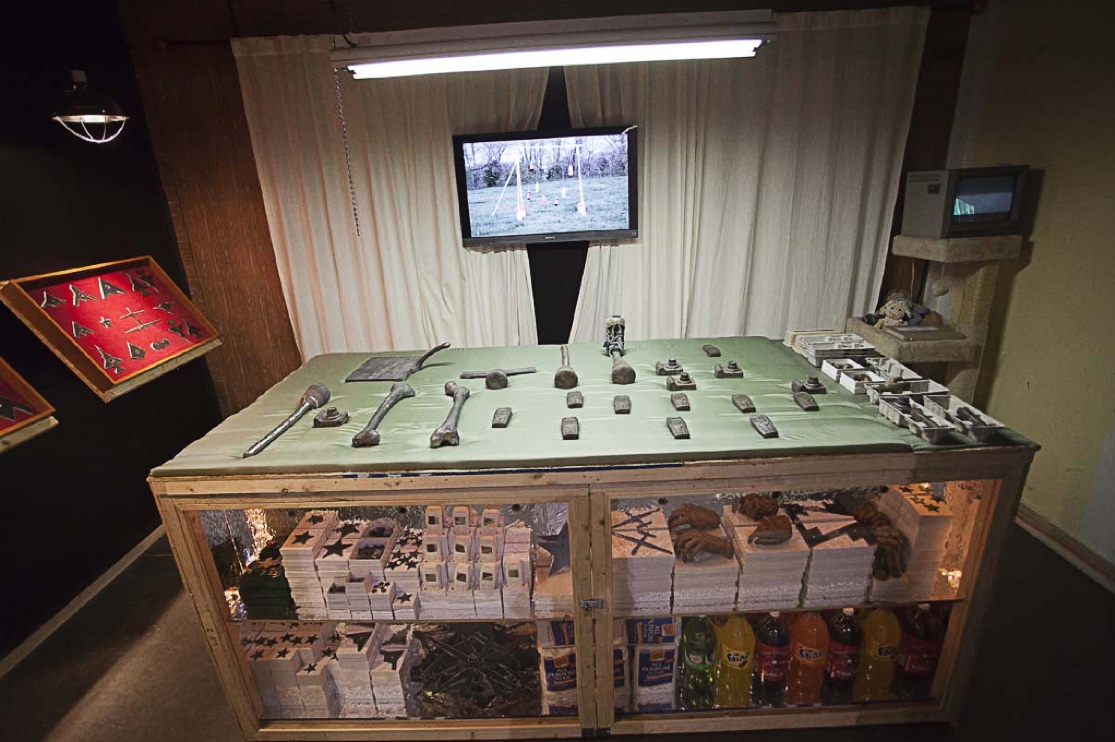
Figure 13: Out of Service, 2012, Michael Tauschinger-Dempsey, Interactive environment. Image courtesy of author.
For the 2012 interactive environment work, Out of Service, I became a weapons builder and surveillance agent myself, and even decided to pitch my low-tech arms to the general public. I mimicked the aesthetics of the arms fetish that is uniquely popular (and stringently protected) in the US. Americans have a very distinctive relationship to weapons, no doubt owing in part to the country’s rebellious explorer history and citizens’ constitutional right to own and bear arms. My goal in Out of Service was to stimulate spectators’ critical reflection regarding the necessity of weapons, particularly as accessories to our daily lives, and the application of technological innovations toward instating new modes of destruction and control of the citizenry.

Figure 14: Stand Your Ground, 2012, Michael Tauschinger-Dempsey, video.
The Stand Your Ground video, which was part of the Out of Service installation, was located in one of the four corners of my clandestine weapons shop. The video resembles stylistically many of the mindless weapons videos posted on YouTube, but the video itself set in a context similar to promotional videos for commercial goods featured in many Home Depot or Sears Warehouses. The title of the video gestures to the recent events in Florida, where a neoliberal push for more freedom to employ more extreme measures in the name of private property and personal protection was taken to the extreme in the prosecution of George Zimmerman for the shooting and killing of Trayvon Martin. The Stand Your Ground video playfully questions and simultaneously undermines any notion of mental sanity in the nationalist discourses that support weapons manufacturing (that further creates profits of conglomerates such as Textron, the world’s largest cluster bomb manufacturer), self-defense (as in the Stand Your Ground legal provisions ratified in Florida and other states in the US), and clandestine special operations (i.e. the killing of Osama bin Laden by Navy Seals).
Unfortunately, my works and similar ones by other artists share a big problem: as a rule of thumb, critical ideas and subversive strategies fuel capitalism’s thirst for innovation and novelty, and thus often fail to create real disturbances to its global flow. Capitalism thrives on bad press (most major Hollywood blockbusters today depict corporations as evil entities as media industries themselves reap in hundreds of millions of dollars). Capitalism polarizes, splinters, and disperses larger counter-movements because of its control over the means of communication (media, political parties, educational institutions, etc.) and continues to profit from its critics. In order to counter this paradox, one must continue to expose and satirize the absurdness of systems of global corporatization. My work calls for an alternative model, and argues that art should be at the forefront of a new movement of ideas and promises, instead of serving as a decorative and pleasing appendage to the distinguished lifestyles of ultra-rich cultural elites. In conclusion, this discussion has demonstrated the strong leitmotif shared by my artworks: the last resort/weapon of the intellect to fight an economic system gone berserk is humor and satire.
Notes
[1] Vilém Flusser, Towards a Philosophy of Photography, trans. Anthony Matheus (London: Reaction Books, 2005), 19–20.
[2] To read more on von Clausewitz’s concept of extended politics, see: Karl von Clausewitz, Helmuth von Moltke, Alfred von Schlieffen, and Erich von Manstein, Operational Thinking in Clausewitz, Moltke, Schlieffen and Manstein, ed. Militärgeschichtliches Forschungsamt (Bonn, Germany: E. S. Mittler and Sons, 1988).
[3] Susan Sontag, On Photography (New York: Farrar, Straus and Giroux, 1977), 110.
[4] Alfred McCoy, A Question of Torture: CIA Interrogation, from the Cold War to the War on Terror (New York: Metropolitan Books/Henry Holt and Co., 2006), 7.
[5] Stanley Kubark, The CIA Document of Human Manipulation: Kubark Counterintelligence Interrogation Manual (Manchester, N.H.: Mind Control Pub, 2008), 94.
 Media Fields Journal | Comments Off |
Media Fields Journal | Comments Off |